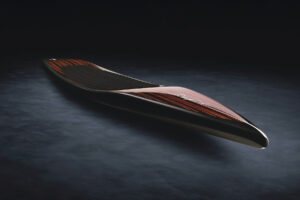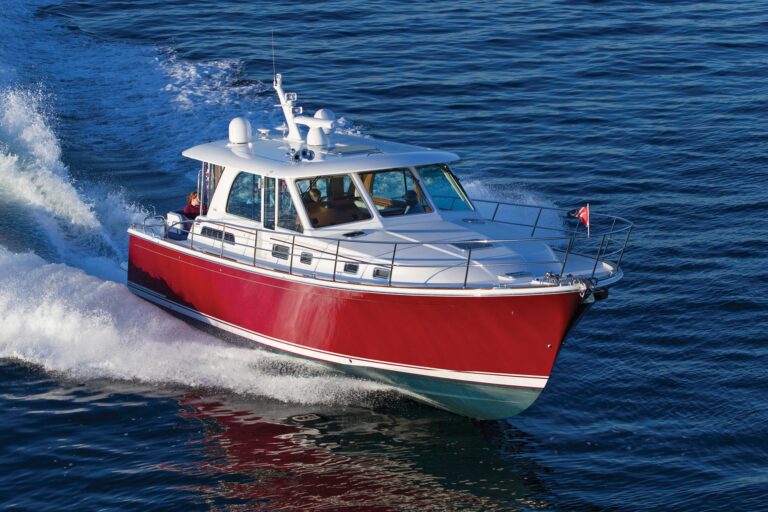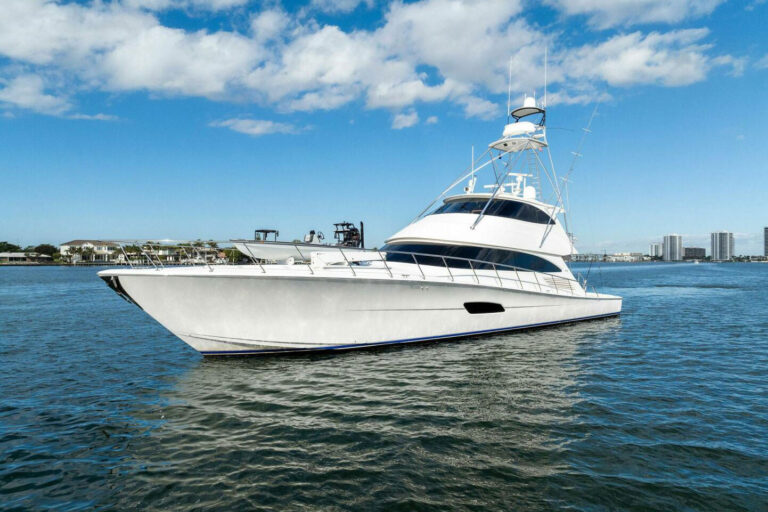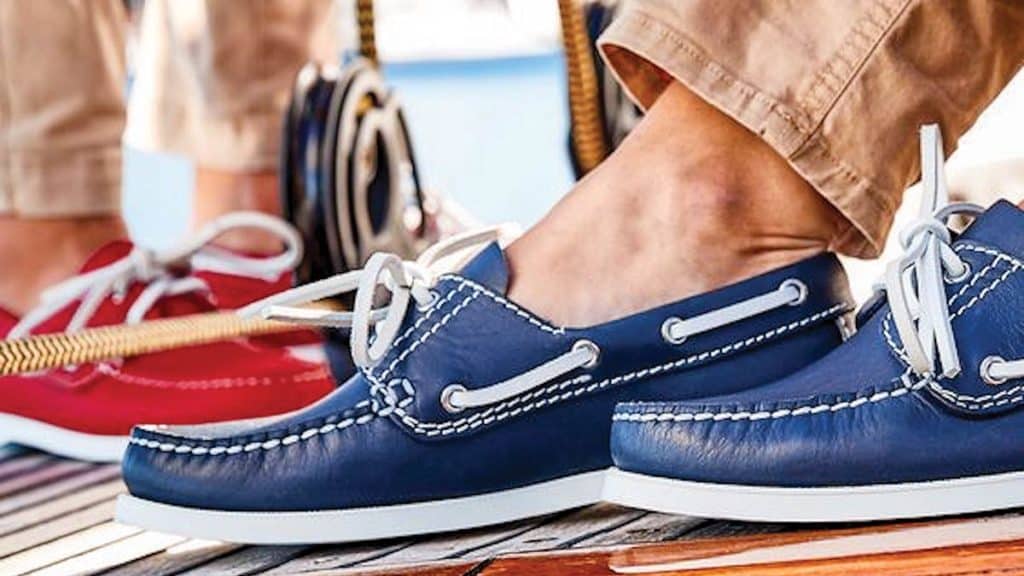
They say that sailors had boat shoes all to themselves from about 1935 to the 1970s. The original pair, in a misguided feat of styling over function, had black soles that stained the teak decks of every boat they touched — but they helped keep crewmen upright on wet side decks, so the design idea stuck. Of course, landlubbers eventually took notice, and once the purpose-built boat shoe became fashionable, all kinds of colors abounded. The Official Preppy Handbook included boat shoes on its first publication in the early 1980s, and from then on, everybody from college students to city dwellers needed a pair.
Today, it’s not just variations on style and color that make each boat shoe different, but also evolutions in water-resistant features, manufacturing methods, and materials used for long-term comfort. Just as there’s an ideal set of foul-weather gear for every yachtsman, there’s also an ideal pair of boat shoes. The former depends primarily on cruising ambitions, while the latter depends equally on plans for heading ashore to beachfront bars.
Dooney & Bourke, for the boat shoes it makes today, draws on a corporate history that dates to 1975 in Norwalk, Connecticut. Back in the day, people wanted Dooney & Bourke leather saddlebags and mail pouches for their fine craftsmanship and resilience over time. Today, of course, there is far more in the catalog; the classic Regatta Boat Shoe comes in men’s and women’s styles, in traditional as well as modern colors such as orange and red. The hardware is made from stainless steel brought in from Switzerland, to stand up to just about any saltwater environment.
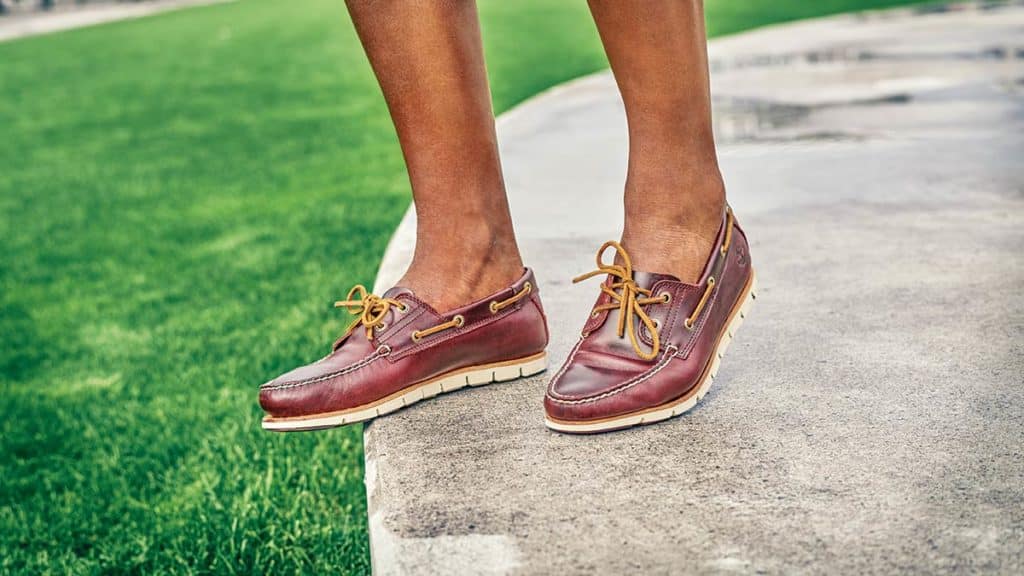
Another manufacturer offering boat shoes today is Timberland, founded in 1952 in Boston and perhaps best known for its boots. That background of needing to repel snow, ice and all forms of winter water is a good match for the boat-shoe category, where the company applies repellents for oil-based stains too.
So, yes, the secret of the beloved boat shoe is out, but at least today’s designers are adding black up top, not in the soles. Style and form have melded, for the best.

